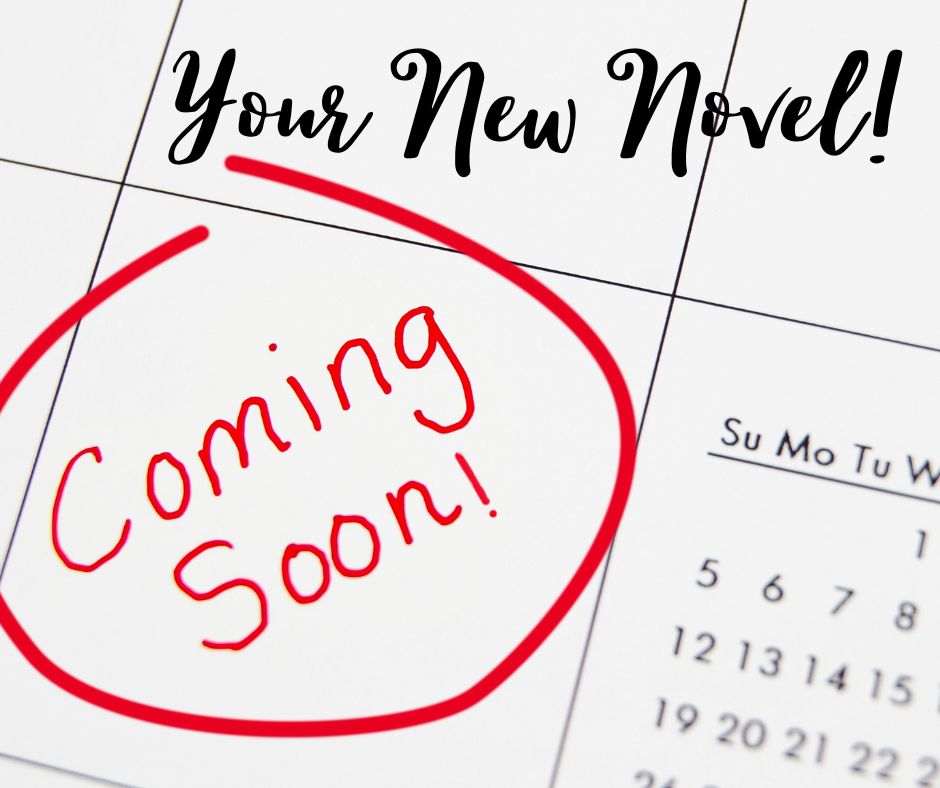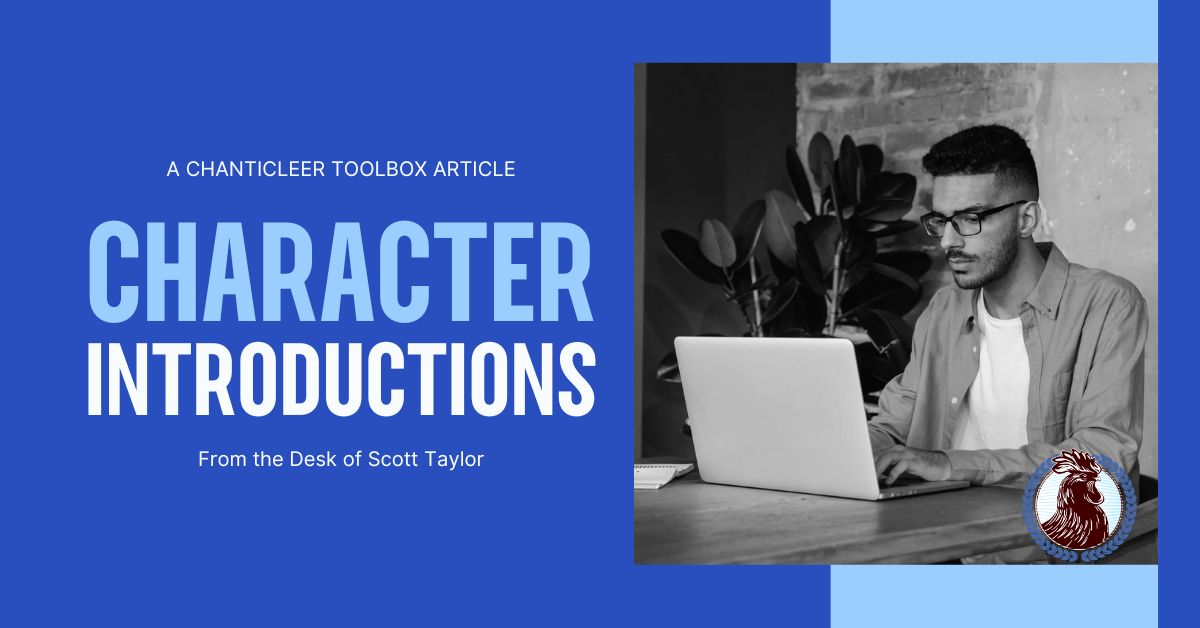|
Listen to or download this article:
|

What Authors Should Know about Editing and Editors:
Editing—you know your book requires it. But, where to start?
An introduction to the Strange World of Editing and the Beasts Who Inhabit It.”
Did you know that there are several types of editing? One size does not fit all.
Developmental Editing
Developmental editors are the top level of the editor beasts. This is because of the abstract and creative thinking required at the concept level of writing a work. Developmental editing is considered to be the most expensive type of editing.
Developmental editing consists of:
- Taking a rough idea or proposal and developing it to a final manuscript that will move to the substantive editing level.
- Taking a manuscript that is chaotic, but has a potential idea within it, and applying order to the chaos.
- Coaching. Developmental editors are considered to be coaches for writers. The writer has an idea. The developmental editor coaxes the writer to develop it and make it compelling.
- Almost as acting as a literary agent. Publishing houses will assign developmental editors to non-writers who they believe have market potential (such as celebrities, the latest diet creator, etc). Some developmental editors will invest time into writers who are “diamonds in the rough” via business partnerships.
- Always keeping the Reader/Audience in mind (visit our link about finding audience). Developmental editors hone everything in the manuscript to that particular reader audience: voice, word choice, pacing, point of view, dialogue, setting, and so forth.
- Finding literary agents, publishers, distribution and warehousing systems for the work-in-progress.
However, most fiction works should start with a manuscript overview or a manuscript evaluation.
Substantive Editing – Manuscript Overview
Substantive editing looks at the big overall picture of the manuscript. This type of editing is generally what is needed when the authors say, “It just needs a quick look.” However, that is rarely the case. If you find that your requested manuscript keeps getting rejected, you may find that it requires substantive editing to take it to the next level and to overcome slush reader obstacles.
Substantive editing aka Manuscript Overview consists of:
- Reading the work in its entirety before any editorial changes are suggested.
- Checking for consistency in voice, characterization, plot holes, shifts in point-of-view, pacing, sub-plots, story arc (or lack thereof), and other items that may cause readers to stumble.
- Moving chapters or sections to improve the flow of the story-line.
- Ensuring that the author’s “world construct” holds.
- Taking a completed manuscript to the next level of storytelling.
- Changing characters to make them more like-able, or more despicable or just more interesting to readers.
- Click here for more detailed information about Chanticleer’s manuscript overviews and evaluations.
Line Editing
Content Editing is “apple polishing” the entire manuscript line by line. Sections are no longer being moved about, plot-holes have been filled, characterizations are formed, and setting details worked out.
Line Editing consists of:
- Line-by-line editing for tone, tightening of phrases to “leave the boring bits out,” looking for dead sentence construction, passive voice, removal of unnecessary modifiers, and point-of-view lapses.
- Re-organization of the work at the paragraph, section, and chapter levels if needed.
- Maintaining the author’s voice while improving the sentence structure that will move the story forward.
- Ensuring the continuity of the story line. Removing any obstacles that would make the Reader stumble.
- Moving the story and its readers along from one chapter to the next.
- Most authors think that their works are ready for the Content/Copy Editing phase when their works could be made more competitive with substantive editing.
Style Sheets and Continuity Notebooks or Story Bibles
Each work of fiction deserves a Style Sheet. This is the tool that a Copy Editor will need to edit a work. The Style Sheet tracks the spelling of names, Physical attributes, whether to use British Standard English or American Standard English, metric measurements or US Standard System of measuring, magical constructs, character backgrounds, locations, timing,—all the little details that allow your reader to become fully immersed into your story.
Continuity Notebooks or Story Bibles include everything from the attributes of the characters to the placement of buildings in the world. It covers the timeline and storylines from book to book, along with the rules of the world. Like building a house, an author needs to include the correct nuts and bolts as needed to plan the best possible design of the world she is creating. And, yes, even pantzers need to do this at some point before typing The End.
If you want to pitch your book for a TV series or film or gaming, you will need to create a story bible. Screenwriters depend on it and so should serious authors. The story bible holds all of the tiny pieces of information such as cultural phrases, potential plotting ideas, dialogue, emotions, memories, does the character like dry wines or takes her bourbon neat, coffee black or macchiatos only, and a myriad of other ideas or details. And then there or the locations, timelines, character details, … The entire film and gaming industry runs on Story Bibles.
And, yes, there are editors for Story Bibles. The most successful authors have them and swear by them. Story Bible Editors allow authors more time for creativity and for writing.
Click here to learn more about Style Sheets and Story Bibles and Chanticleer’s service.
Copy Editing
Copy editing is what most writers think of when they hear the word “edit.” It is a very mechanical process that ensures that the publishing standards that readers have come to expect and appreciate are met.
Copy Editing consists of:
- Fact checking –especially with historical fiction.
- Imposing the rules of the style guide that is required for the type of work (Chicago Manual of Style, AP Style Guide, etc.) and whether British Standard English or American Standard English is used for the galley.
- Checking against the Style Sheet or Story Bible/Continuity Notebook
- Correcting faulty spelling, grammar and punctuation.
- Standardization of linguistics (i.e.: Elf language, French slang, or Klingon) throughout the work.
- Correcting misused words.
- Using the correct spelling, hyphenation, numerals, and capitalization.
- Parallel structuring of headings, chapter titles, and sequencing.
- Checking for triteness, unnecessary uses of jargon, and clichés while keeping the author’s voice.
Proof-Reading
Proof-reading is best conducted by a “cold read.” This means that the proof-reader has not seen the work. A cold read makes it harder for the proof-reader to “fill in” any gaps or “auto-correct” the text. Writers should never perform the final proof on their own works. Fresh eyes are advised. It is practically impossible to proof your own work.
Proof-reading consists of:
- Marking the typeset (whether digital or press) word for word against the final approved and edited manuscript.
- Checking one more time for correct usage of dialogue quotation marks and punctuation.
- Checking one more time for typos, double words such as: he he, or wrong word usage such as: sew, so.
- Proofing the galley on different types of digital press software platform to ensure that it “translates” correctly and glitches are dealt with for each e-pub platform.
- Checking for word spacing, paragraphing, “orphans and widows” (words and/or a sentence that appear by themselves on a page all alone), hyphenation and incorrect word breaks.
- Re-checking for mislabeling, miss-numbering of pages (this happens all the time), and sequencing of chapters, prologues, epilogues, and glossaries.
Advanced Reader Copies (ARCs)
After the first proof-reading is typically when Advanced Reader Copies are printed (or PDF files created). These are typically given out for reviews – peer, editorial, and for the trade, Beta Readers (who are great at catching whatever slips through the first proofing), used for pre-orders, and for book shows.
Final Proofing (using feedback from ARCs)
FORMATTING
Formatting for print and for e-pubs are two different animals. Formatting for print is a different process than formatting for e-pubs. Trust me, it is.
PUBLISHING
After proofing the formatting for digital books and for printing, then the work is ready to be PUBLISHED!
BUT BEFORE PUBLISHING – make sure that you have the work’s alphabet soup ready to go —
- ISBN’s (different for print, digital, audio, etc.)
- BISAC codes
- SEO
- Keywords
- Tagging
- Works that you would like your work to be shelved with (for association – digitally)
The Final Word
Each type of editing has its specialists. Each level of editing becomes more focused on the details until the absolute final proof-reading for publication.
Editing professor Carolyn Dale explains the different types of editing services like this:
If you were remodeling your house you would not expect a sheet rocker to install plumbing, or an architect to hang sheet rock, or an electrician to create cabinetry, or the painter to create working plans. However, you would expect them to be able to communicate with each other, schedule the work that needs to be done, and, ultimately, deliver a finished product with which you will be satisfied. It is the same with editorial services.
Editing–every work needs it.
Our next post will be about how to determine the type of editorial services that your work requires and how to select an editor or editorial services company.









As a copy editor and proofreader, I’d like to point out that there should be no comma around “Carolyn Dale” as that sentence is constructed. It should read “Editing professor Carolyn Dale” or, if you wish to treat the initial phrase as an appositive, it should read “An editing professor, Carolyn Dale, . . .”
Elizabeth Jewell: Thank you! As I wrote, “Editing-every work needs it.” I know my writing definitely does.
Fantastic overview of the editing process!
Are there any books on Presidents and American Indians? Some very important executive orders and legislation has happened in some of their administrations. Deni Leonard